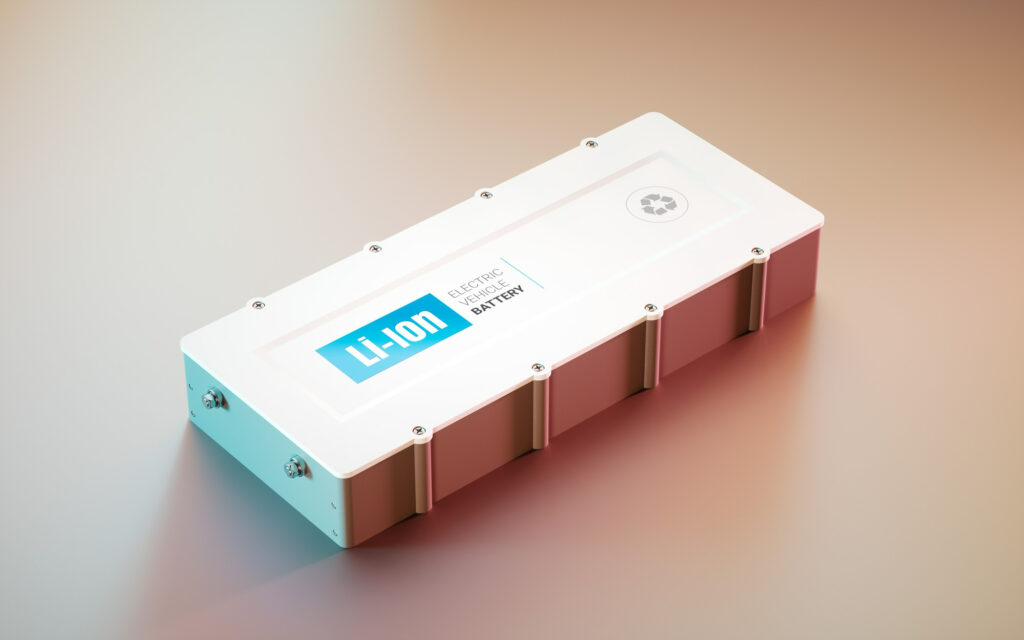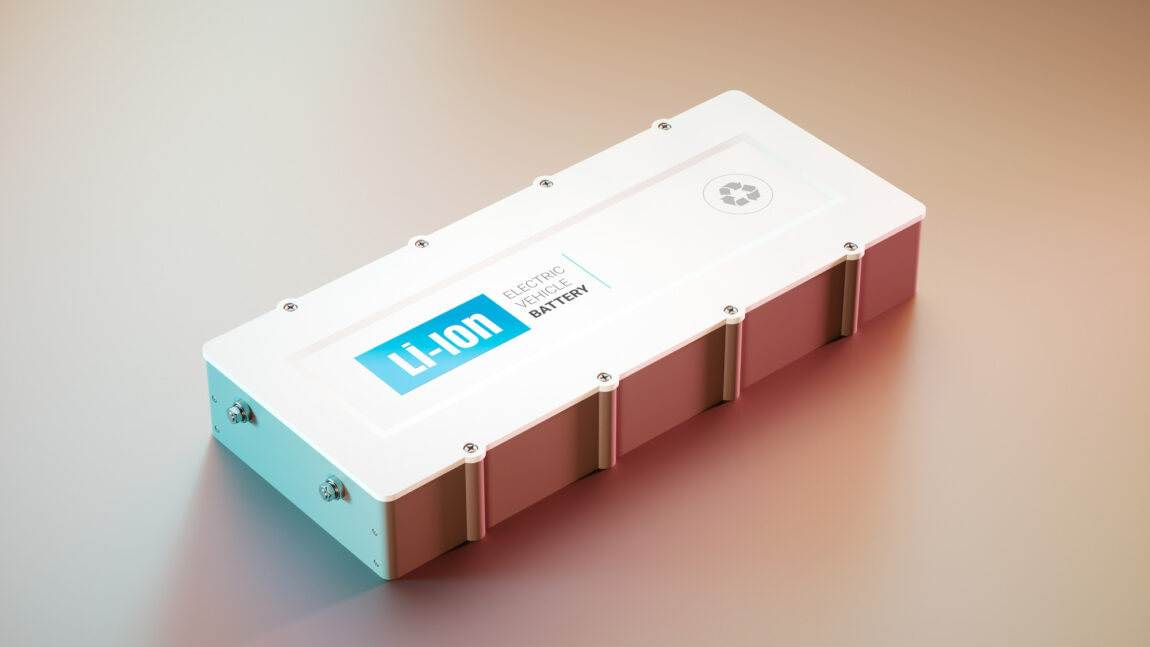
By Jaideep Saraswat and Nikhil Mall
The standards & labelling (S&L) program aims to provide consumers with the necessary information to make prudent decisions in purchasing energy-consuming appliances that are energy efficient. It is the flagship initiative of the Ministry of Power (MoP) implemented by the Bureau of Energy Efficiency (BEE). To date, 28 appliances and equipment are covered under this program. In FY 2020-21, this initiative resulted in savings of 65 Billion Units (BUs) equivalent to 53.30 million tons of CO2 emission. As Lithium-ion (Li-ion) batteries are becoming the fulcrum for electrification of transportation, the inclusion of these in the S&L program will lead to technological advancements that will enhance the energy efficiency of Li-ion batteries. Additionally, this will instill confidence in the users of these batteries regarding the parameters claimed by the manufacturer and will weed out inferior products in the Indian market. Finally, as per BEE, this program will save around 333.7 GWh of energy by 2030.
In India, the uptake of Li-ion batteries is increasing in Electric Vehicles (EVs). It is projected that battery usage in EVs will surpass the portable electronics segment to become the largest consumer of Li-ion batteries. This can be attributed to the continuous decrease in battery cost – from USD 668/kWh in 2013 to USD 101/kWh in 2021. This decline in battery prices is expected to continue and is expected to reach USD 62/kWh in 2030. In terms of battery type, the NMC (lithium nickel manganese cobalt oxide) and LFP (lithium iron phosphate) dominate the Indian market.
Following are the key facets of the S&L program for Li-ion batteries:
1. Several key performance parameters will be examined for the assessment of batteries such as the impact of ambient temperature on charge and discharge of batteries, cycle life, and more.
2. Due consideration is given to shallow cycles which are important for assessing batteries used in EVs.
3. The labelling of batteries will be based on specific energy, cycle life, and energy efficiency of the battery pack in accordance with IS 12405-4:2018.
4. The schedule covers battery packs/modules with specific energy up to 350Wh/kg and cycle life of up to 4000 cycles.
5. The capacity of battery packs measured at room temperature and C/3 rate will be used for determining the specific energy.
6. For determining energy efficiency, the packs/ systems will be tested at room temperature, 0°C, and 45°C (±2) and at three different charging levels (1C, 2C, and Ic, max). The average of all the efficiencies deduced from the above test will be considered for the program.
7. Determination of internal resistance during charge-discharge cycles will be carried out through a pulse power characterization profile.
8. To determine the life cycle of packs/systems, the conjunction of two dynamic discharge profiles is carried out for a period of 28 days.
9. The manufacturers of Li-ion batteries must register their organisations with BEE by making a one-time payment of INR 25,000 if they fall under the Micro, Small & Medium Enterprises (MSMEs) category and INR 1,00,000 for other organisations. This amount is refundable.
10. For each model the application fee is INR 2000 and renewal costs INR 1000.
11. All batteries must display a label. The labelling cost for each pack/system having a rating between 1 and 4 is INR 50/ kWh. Intriguingly, for the pack/system having a 5-star rating, the label cost is half of usual. This is to provide impetus to manufacture more high-efficiency batteries.
12. The check testing of the BEE registered pack/system will be done via random selection from the market. In case of failure of the pack/system in meeting the criteria, a second check testing is possible.
13. The second check testing involves selecting two packs/systems from the market and it is mandatory for both to pass the test criteria. Else the pack/system will be treated as being non-compliant with the prescribed BEE standards.
The S&L program for Li-ion batteries is quite robust and tests batteries under various scenarios. However, there are a few more criteria that can be incorporated in the future to improve the programme. They are – 1. the inclusion of solid-state batteries, which will potentially become the mainstay against the traditional Li-ion batteries, and 2. the provision of penalties on manufacturers that do not comply with BEE standards.




